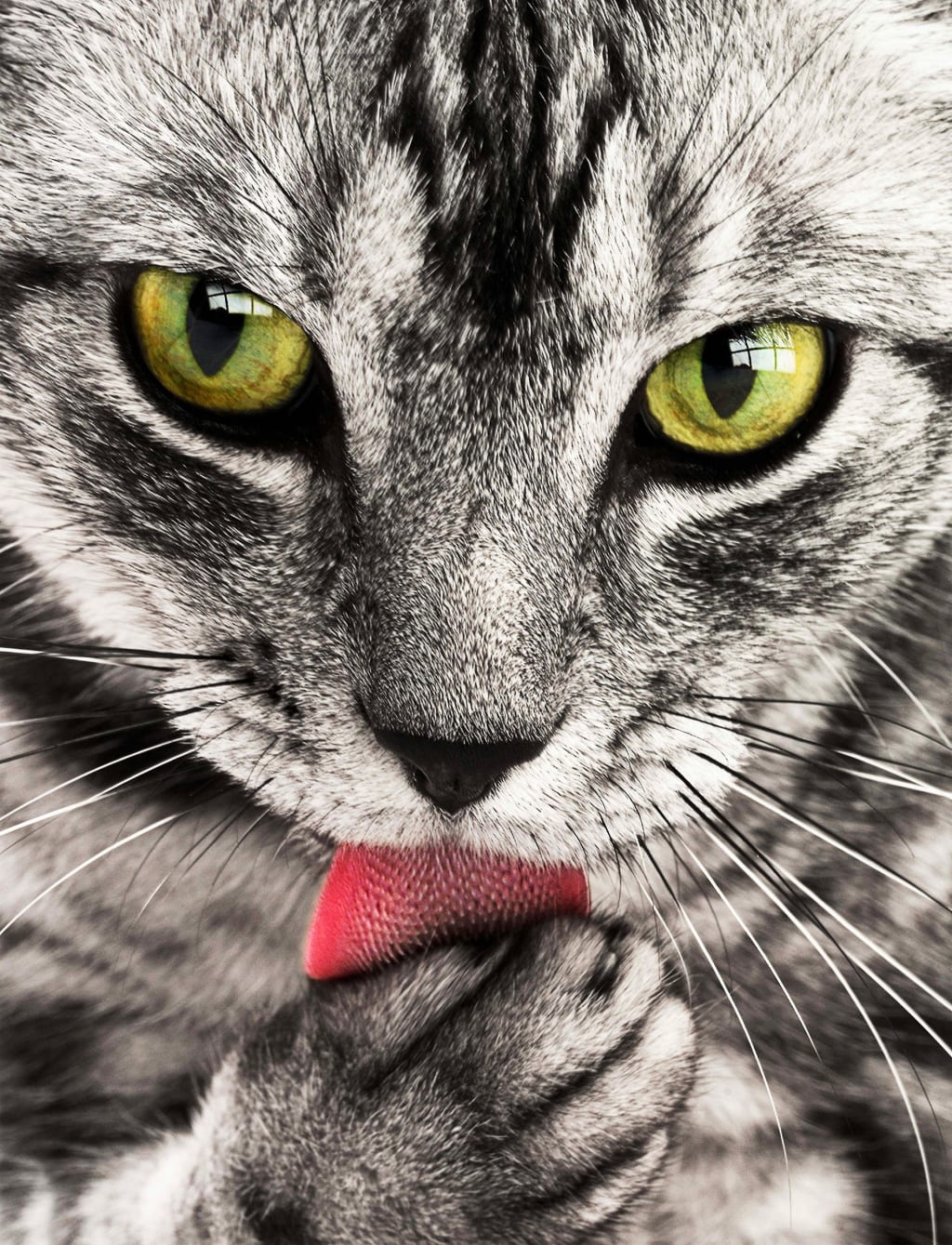The Fascinating World of Cat Behavior: Understanding Your Feline Friend
The fascinating world of cat behavior

Cats are fascinating creatures with unique personalities, behaviors, and instincts. They are independent, playful, and curious, and they can make excellent pets for people of all ages. However, understanding your feline friend can be challenging, especially if you are a first-time cat owner. In this article, we will explore the fascinating world of cat behavior and help you understand your furry companion better.
1. Body Language
Cats are masters of body language, and they use it to communicate with their owners and other cats. Understanding your cat's body language can help you determine its mood, needs, and wants. For instance, when a cat is happy, its ears are perked up, and its tail is up and relaxed. On the other hand, when a cat is anxious or scared, its ears are flat, and its tail is tucked in between its legs.
2. Vocalizations
Cats are known for their unique vocalizations, such as meowing, purring, hissing, and growling. Meowing is the most common sound cats make, and they use it to communicate with their owners. Purring, on the other hand, is a sign of contentment, and cats usually purr when they are relaxed or happy. Hissing and growling are signs of aggression and fear, and cats usually use these vocalizations to warn other animals or people to stay away.
3. Scratching
Scratching is a natural behavior for cats, and it serves several purposes, including sharpening their claws, marking their territory, and stretching their muscles. As a cat owner, it is essential to provide your cat with a scratching post or a cat tree to prevent it from scratching your furniture or carpet. You can also train your cat to use the scratching post by rewarding it with treats or toys.
4. Litter Box Behavior
Litter box behavior is another essential aspect of cat behavior, and it is crucial to ensure that your cat has access to a clean and comfortable litter box. Cats are clean animals, and they prefer to use a litter box that is free of urine and feces. If your cat stops using the litter box or starts eliminating outside the box, it may be a sign of a health problem or behavioral issue.
5. Socialization
Contrary to popular belief, cats are social animals, and they enjoy interacting with their owners and other cats. However, socialization is essential for cats, especially if they are introduced to new environments or other animals. As a cat owner, it is crucial to provide your cat with enough socialization, such as playtime, interaction, and exposure to new experiences.
6. Play Behavior
Play behavior is another fascinating aspect of cat behavior, and it is crucial for their physical and mental well-being. Cats enjoy playing with toys, such as balls, feathers, and strings, and they also enjoy playing with their owners. Playing with your cat can strengthen your bond and provide your cat with the necessary exercise and mental stimulation.
7. Hunting Instinct
Cats are natural hunters, and they have a strong instinct to chase and catch prey. Even indoor cats exhibit this behavior, and they enjoy stalking and pouncing on toys or other objects. As a cat owner, it is crucial to provide your cat with toys that stimulate its hunting instinct, such as catnip toys or interactive toys.
In conclusion, cats are fascinating creatures with unique behaviors and instincts. Understanding your feline friend can be challenging, but it is essential for your cat's well-being and your relationship with your pet. By observing your cat's body language, vocalizations, scratching, litter box behavior, socialization, play behavior, and hunting instinct, you can provide your cat with the necessary care, love, and attention.






Comments
There are no comments for this story
Be the first to respond and start the conversation.